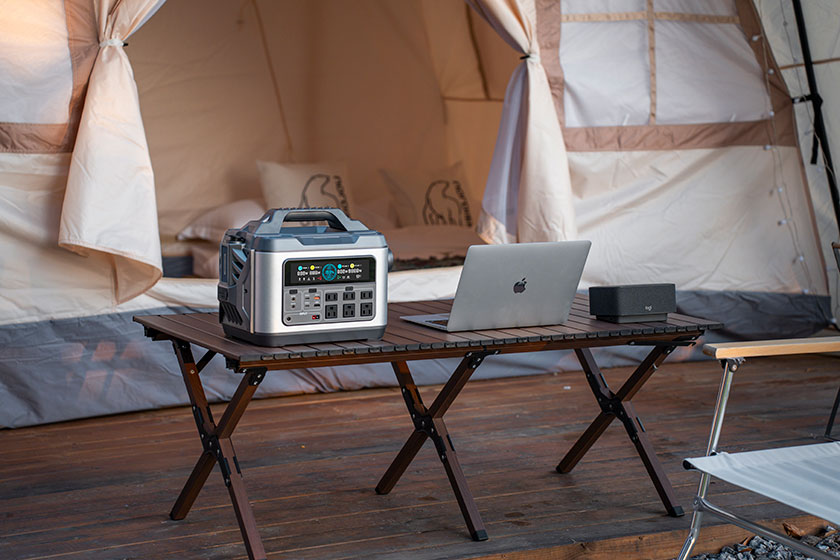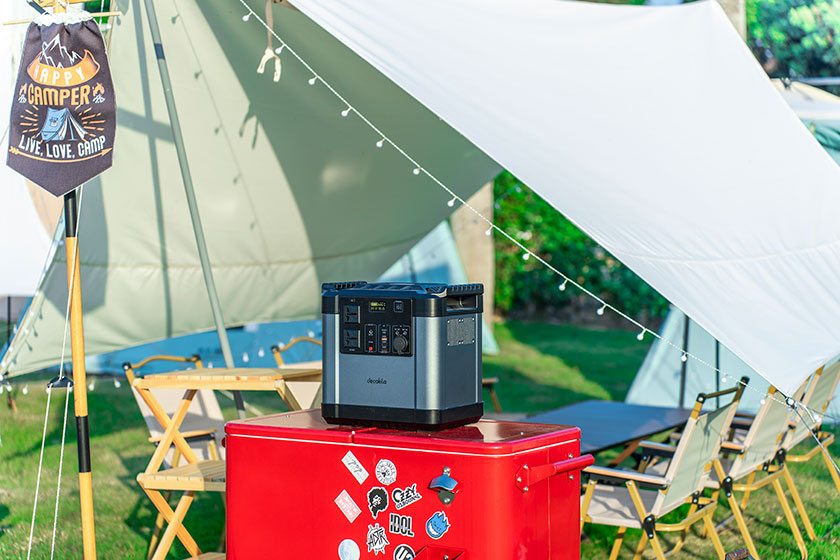Choosing a Portable Backup Power Station depends on your specific needs and lifestyle. A few things to consider, including capacity, battery type, charging cycles, ports, charging option and size.
Think about what you'll need to power when the lights go out and do a little research on the devices' wattage requirements so you can calculate what watt-hour capacity you'll need in a Portable Backup Power Station. If you just need to charge some phones and run a lamp or two with LED bulbs for a few hours, you might not need more than 150Wh in portable power, which you can get for less than $100. If you think you'll need multiple days of power or need to run larger appliances you can splash out for more wattage - you can even get Portable Backup Power Stations that deliver 4000-5000Wh (), but these are very expensive and are often as large and heavy as gas generators—although these behemoths still offer the benefit of being safe to operate indoors. The sweet spot is in the 500-2000Wh range when it comes to these stations; that's where you get the benefits of the portable part with enough power to make a difference.

These Portable Backup Power Stations are essentially just large batteries with very smart management and charging technology wrapped around them. Most will offer a Lithium-ion battery that is pretty standard in the industry, but some are made with Lithium iron phosphate batteries that last longer and are more tolerant of high temperatures. Some model offer a user-replaceable battery, meaning you can swap out the battery if it starts to fail without replacing the entire unit.
Different models offer different lifespans for the battery. Fullink Portable Backup Power Station PP20BB can be charged and discharged about 2,500 before the battery starts to degrade, but other models can be much lower (or higher). If you plan to use your station frequently, that's a major consideration.
Most Portable Backup Power Stations will offer a plethora of outputs—USB ports, wireless charging, AC ports, DC ports, etc. Think about what you're going to need to power and make sure the model you choose offers it. The Portable Backup Power Station PP20BA only has one USB-C port, for example, so if you need multiples of that you might look for a different configuration.

Almost all Portable Backup Power Stations can be plugged into your wall to charge up, which is a great way to ensure you have a charged battery when the power cuts. But being able to recharge during a blackout is essential. Look for multiple options—solar is a must-have, though most solar panels are an additional cost. But having adapters included that allow you to recharge from your car, for example, gives you one more option for cloudy days and having the ability to combine two or more recharging methods to speed things up is a great feature.
Finally, make sure you can easily store the station. If your apartment is bursting at the seams, take some measurements and balance the wattage with the unit's size so you don't have to keep it balanced on top of your toaster or something during the brief stretches between emergencies.
A Portable Backup Power Station is often a better choice than a traditional gas-powered generator, and at the very least offers a lot more flexibility during an emergency. Hey, you can even live stream the next catastrophic event in your area like a star.